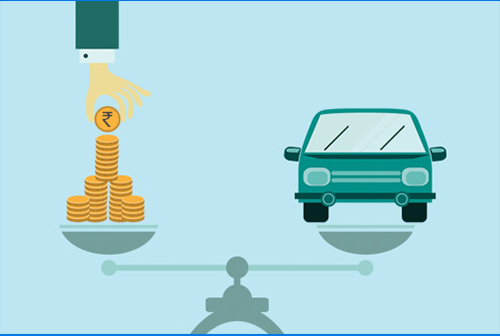

Goods and Services Tax – the new revolutionary taxation system – is said to restructure the taxation method, making it more uniform across the country. While it is said that GST may bring down the prices of more than 80% of the products, it doesn’t necessarily hold true for the automobile sector. Most of the analyses, as reported by Economic Times have concluded that large cars and SUVs would benefit from the GST whereas small cars would become costlier.
So, if you are planning to buy a small car in the near future, you would have to shell out more once the GST is fully implemented. A flat GST rate of 28% would be levied on all cars. An additional 1% to 3% cess is slated to be levied on small petrol and diesel cars having engine capacity less than 1500 cc. This brings total taxes to 29%–31% of the car’s value.
Currently, an excise duty of 12.5% is levied on small cars, apart from the 12.5%- 14.5% VAT. This adds up to a total of 25%-27% which is relatively lower than the proposed GST rate for small cars. So, new buyers would have to pay a considerable amount in excess if they plan to buy a car once GST is launched.
The case, however, is different for luxury cars and SUVs. Currently, cars with an engine of 1500 cc or more attract taxes of 41.5%-44.5%. Of the total, 27%-30% is the central excise tax and the rest is state VAT. Once GST is launched, these cars would be charged at 28% GST and a cess of about 15%. This calculation would either lower SUV prices or will have negligible effect.
| Segment (Engine Capacity) |
Current Rates | Rates After The Implementation Of GST | Examples of Car Models | ||||
| Central Excise | State VAT and Taxes | Total | GST | Cess | Total | ||
| >1500 cc | 12.5% | 12.5-14.5% | 25-27% | 28% | 1-3% | 29-31% | Alto, i10, Swift, City, Figo, Linea, Baleno, etc. |
| <1500 cc | 27-30% | 12.5-14.5% | 41.5-44.5% | 28% | 15% (approx.) | 43% (approx.) | Scorpio, Pjero, Endeavour, BMW X1, Audi Q3, etc. |